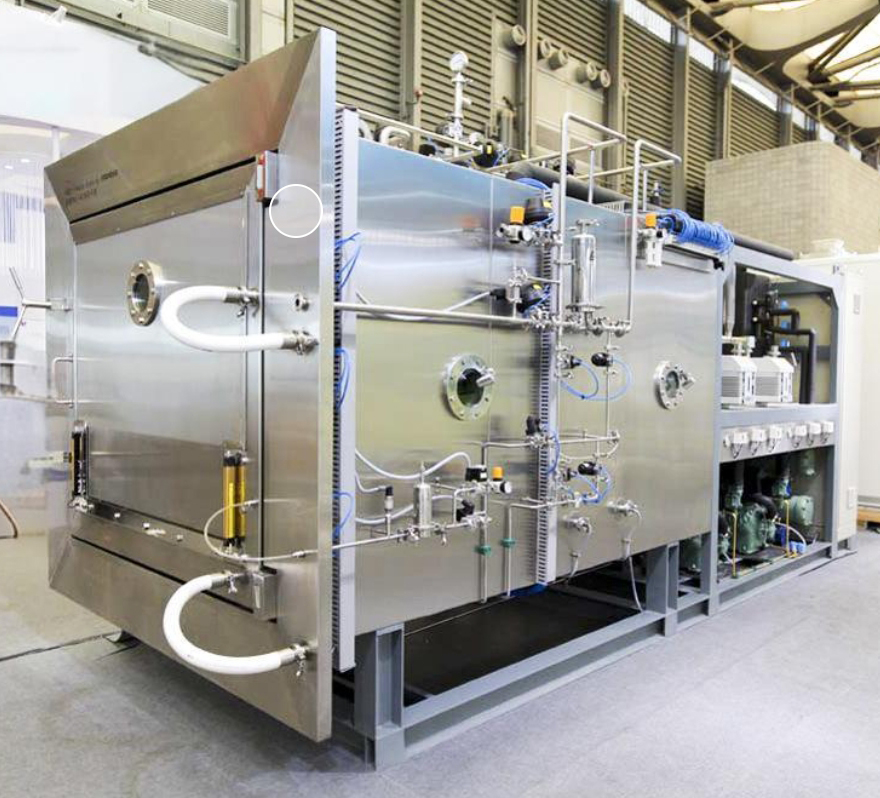I. Introduction: Exploring the World of Freeze-Dryers
In the dynamic field of modern food processing and scientific research, freeze-dryers play a crucial role. Designed with advanced technology, these devices are essential for preserving a wide range of materials, from food to pharmaceuticals. The vacuum pump, a key feature, significantly enhances its functionality. Let’s delve into the science behind freeze-dryers and discover how they work their magic.
II. How Freeze-Dryers Work
1. Mastering Pre-Freezing
The process starts with pre-freezing, where the item’s moisture is completely frozen. This step is vital, laying the groundwork for a seamless transition of moisture from solid to gas during sublimation.
2. Excelling with a Vacuum
The vacuum pump, the heart of the freeze-dryer, creates a high-quality vacuum environment essential for the next phase, sublimation. This process allows moisture to transform directly from ice to vapor, bypassing the liquid phase, and effectively dehydrating the item.
3. Precise Heating
The freeze-dryer then gently heats the item in the vacuum chamber, facilitating the sublimation of ice. This step is carefully controlled to ensure thorough moisture removal while preserving the structural integrity of the item.
III. A Versatile Tool
The applications of freeze-dryers extend beyond food preservation to pharmaceuticals and biological research, thanks to their sophisticated vacuum pumps and chambers. They not only maintain the item’s structure and nutrition but also significantly extend shelf life.
IV. Conclusion
As a cornerstone of modern preservation technology, freeze-dryers redefine the way we store and preserve materials. Their precise control and efficient drying techniques are setting new standards, offering broad applications and introducing extraordinary convenience into our lives, all thanks to their cutting-edge design and operation.


